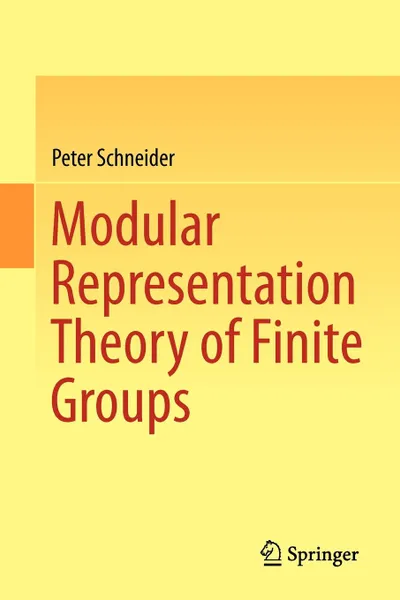Modular Representation Theory of Finite Groups 12+
Автор: Peter Schneider
188 страниц
Категория: Научная литература
ISBN: 9781447148319
Язык: Английский
📘 Representation theory studies maps from groups into the general linear group of a finite-dimensional vector space. For finite groups the theory comes in two distinct flavours. In the 'semisimple case' (for example over the field of complex numbers) one can use character theory to completely understand the representations. This by far is not sufficient when the characteristic of the field divides the order of the group.Modular Representation Theory of finite Groups comprises this second situation. Many additional tools are needed for this case. To mention some, there is the systematic use of Grothendieck groups leading to the Cartan matrix and the decomposition matrix of the group as well as Green's direct analysis of indecomposable representations. There is also the strategy of writing the category of all representations as the direct product of certain subcategories, the so-called 'blocks' of the group. Brauer's work then establishes correspondences between the blocks of the original group and blocks of certain subgroups the philosophy being that one is thereby reduced to a simpler situation. In particular, one can measure how nonsemisimple a category a block is by the size and structure of its so-called 'defect group'. All these concepts are made explicit for the example of the special linear group of two-by-two matrices over a finite prime field.Although the presentation is strongly biased towards the module theoretic point of view an attemp...
Мнения
